When it comes to selecting the perfect pair of shoes, one of the key considerations is the material used. In recent years, the debate between faux leather and real leather has gained significant traction. While both materials have their unique qualities, it’s vital to understand the differences to make an informed decision. This article aims to shed light on the characteristics, benefits, and drawbacks of faux leather and real leather shoes, helping you make the right choice. I. Faux Leather Shoes: 1. Definition and Composition: Faux leather, also known as synthetic or artificial leather, is a man-made alternative to real leather. It is a versatile material that can be manufactured using various synthetic fibers, including polyurethane (PU) or polyvinyl chloride (PVC). Faux leather closely replicates the appearance and texture of genuine leather. 2. Affordability and Availability: One of the primary advantages of faux leather shoes is affordability. Faux leather is typically less expensive to produce and has a lower price point compared to real leather, making it a popular choice for consumers with budget constraints.
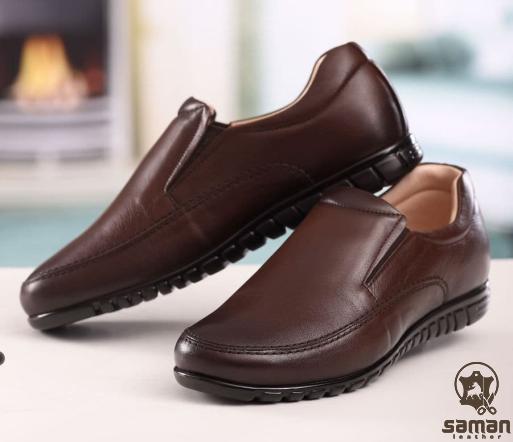
.
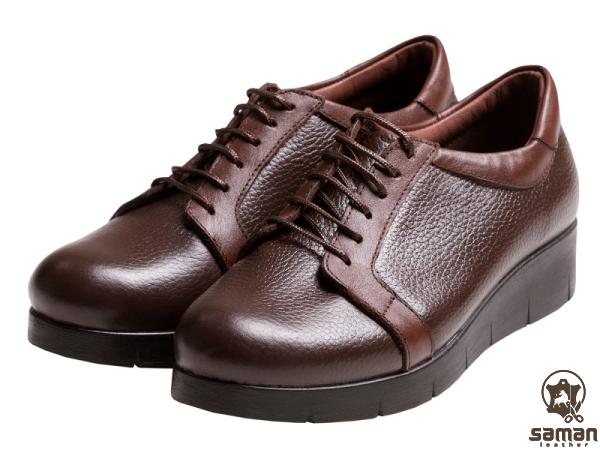 In addition, faux leather shoes are widely available, ensuring a wide range of designs and styles to choose from. 3. Durability and Maintenance: While faux leather shoes may lack the same durability as their real leather counterparts, modern manufacturing techniques have significantly improved their strength and longevity. However, it is important to note that faux leather tends to be less breathable than real leather and may cause discomfort during extended wear. Additionally, faux leather shoes require regular cleaning and care to maintain their appearance. II. Real Leather Shoes: 1. Authenticity and Luxury: Real leather shoes are made from animal hides, typically sourced from cattle, sheep, or goats. Genuine leather has a timeless appeal due to its authentic feel, unique natural variations, and a distinctive scent that cannot be replicated. Real leather shoes are often associated with luxury and elegance, making them a preferred choice for those seeking premium quality.
In addition, faux leather shoes are widely available, ensuring a wide range of designs and styles to choose from. 3. Durability and Maintenance: While faux leather shoes may lack the same durability as their real leather counterparts, modern manufacturing techniques have significantly improved their strength and longevity. However, it is important to note that faux leather tends to be less breathable than real leather and may cause discomfort during extended wear. Additionally, faux leather shoes require regular cleaning and care to maintain their appearance. II. Real Leather Shoes: 1. Authenticity and Luxury: Real leather shoes are made from animal hides, typically sourced from cattle, sheep, or goats. Genuine leather has a timeless appeal due to its authentic feel, unique natural variations, and a distinctive scent that cannot be replicated. Real leather shoes are often associated with luxury and elegance, making them a preferred choice for those seeking premium quality.
..
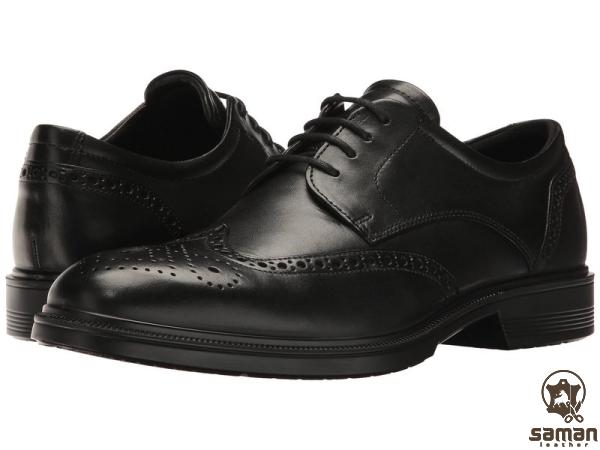 2. Durability and Comfort: One of the greatest advantages of real leather shoes is their exceptional durability. When cared for properly, genuine leather shoes can last for many years, often developing a desirable patina that enhances their aesthetic appeal over time. Real leather is also known for its breathability, allowing for better air circulation, which minimizes foot odor and discomfort during prolonged wear. Additionally, real leather possesses natural water resistance, making it more resistant to moisture than faux leather. 3. Cost and Availability: The superior quality and scarcity of real leather result in comparatively higher prices.
2. Durability and Comfort: One of the greatest advantages of real leather shoes is their exceptional durability. When cared for properly, genuine leather shoes can last for many years, often developing a desirable patina that enhances their aesthetic appeal over time. Real leather is also known for its breathability, allowing for better air circulation, which minimizes foot odor and discomfort during prolonged wear. Additionally, real leather possesses natural water resistance, making it more resistant to moisture than faux leather. 3. Cost and Availability: The superior quality and scarcity of real leather result in comparatively higher prices.
…
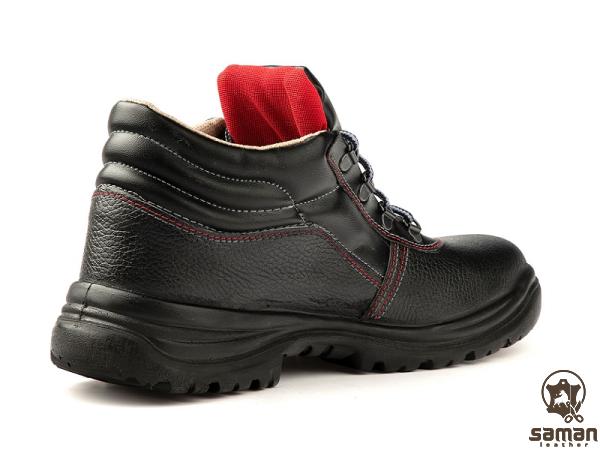 While it is true that real leather shoes can be a substantial investment, their durability and timeless appeal justify the added cost for many consumers. Furthermore, real leather shoes are often associated with high-end brands, which may have limited availability compared to faux leather options. Conclusion: In the faux leather vs real leather debate, there is no definitive winner. Both materials offer unique features and cater to different consumer preferences, budgets, and values. Faux leather shoes provide affordability and versatility, while real leather shoes offer authenticity, longevity, and a luxurious touch. When choosing between faux leather and real leather shoes, it is crucial to consider factors such as budget, durability, comfort, and personal style. Ultimately, the right choice will depend on individual needs and priorities.
While it is true that real leather shoes can be a substantial investment, their durability and timeless appeal justify the added cost for many consumers. Furthermore, real leather shoes are often associated with high-end brands, which may have limited availability compared to faux leather options. Conclusion: In the faux leather vs real leather debate, there is no definitive winner. Both materials offer unique features and cater to different consumer preferences, budgets, and values. Faux leather shoes provide affordability and versatility, while real leather shoes offer authenticity, longevity, and a luxurious touch. When choosing between faux leather and real leather shoes, it is crucial to consider factors such as budget, durability, comfort, and personal style. Ultimately, the right choice will depend on individual needs and priorities.
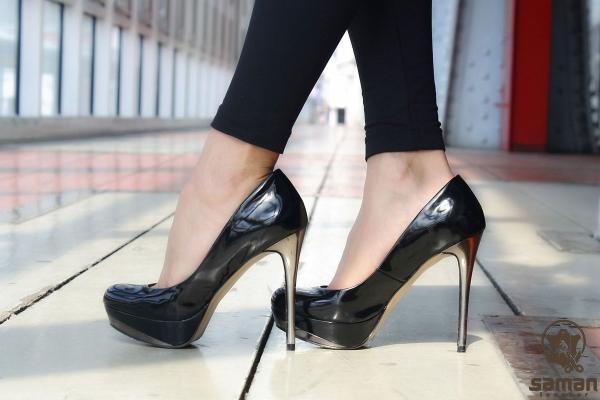
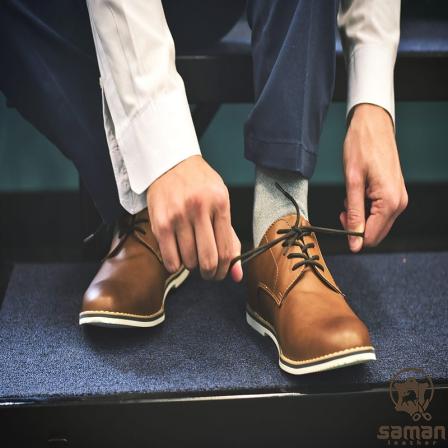
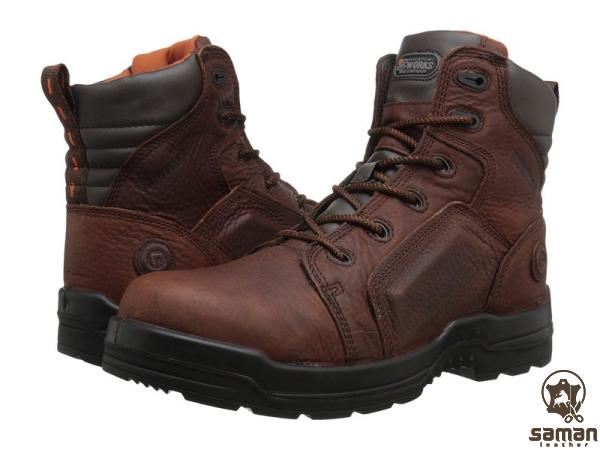
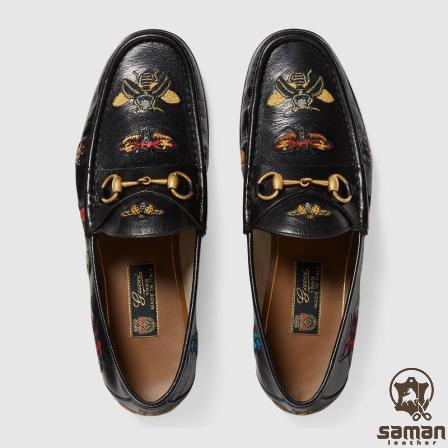
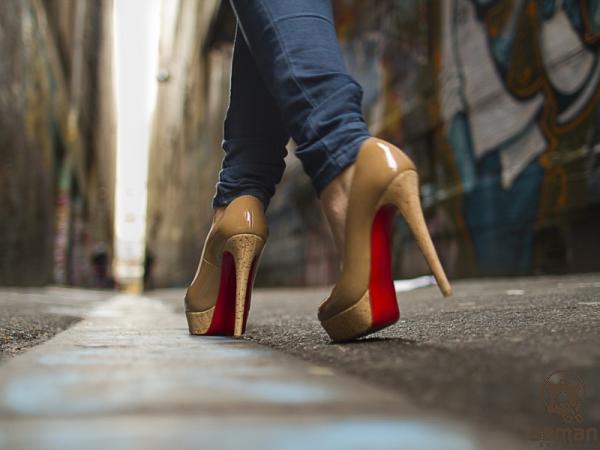
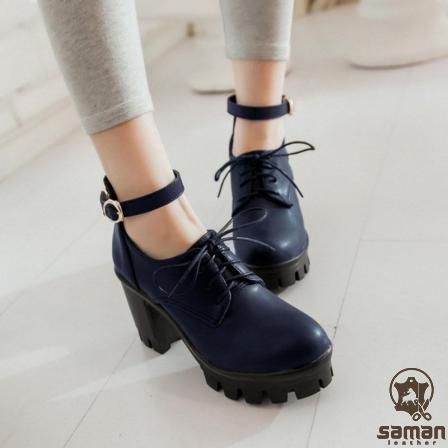
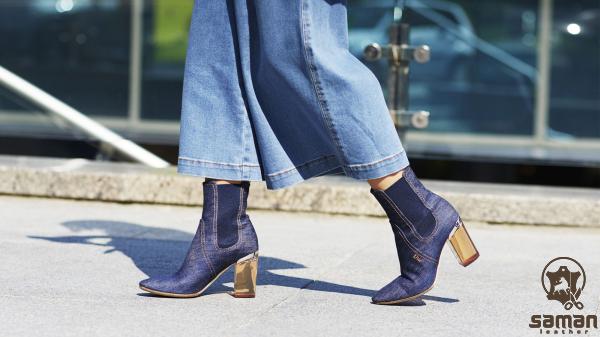

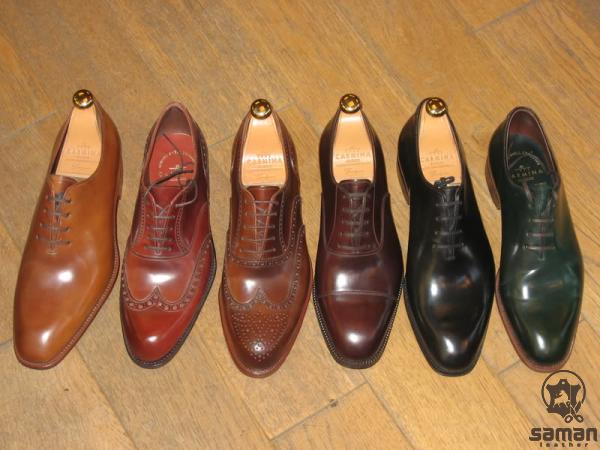
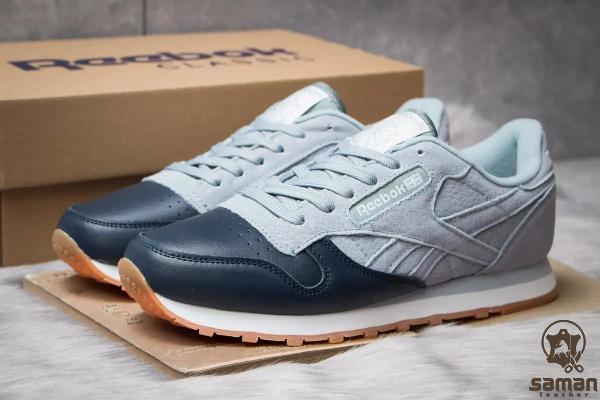
Your comment submitted.